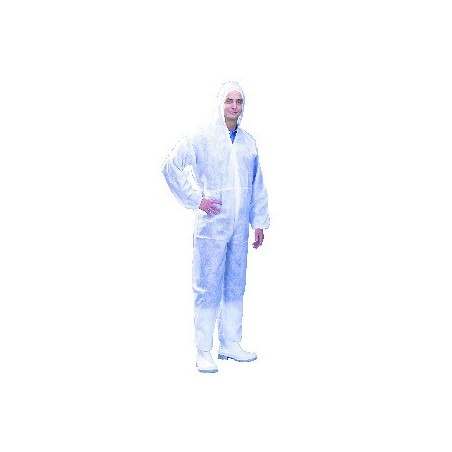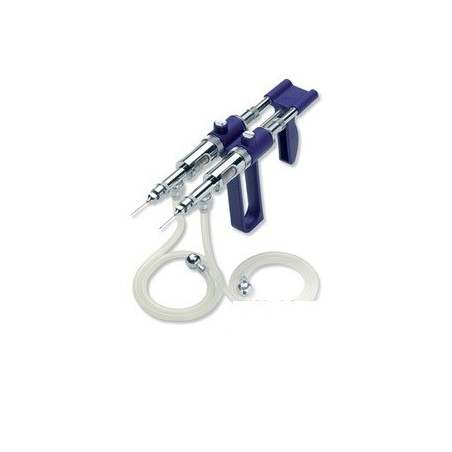Paper
The biosecurity status and its associations with production and management characteristics in farrow-to-finish pig herds. M. Postma, A. Backhans, L. Collineau, S. Loesken, M. Sjölund, C. Belloc, U. Emanuelson, E. Grosse Beilage, K. D. C. Stärk and J. Dewulf on behalf of the MINAPIG consortium. Animal (2016), 10:3, pp 478–489

What are they studying?
This study measured the levels of implementation of biosecurity measures in pig production in four European Union (EU) countries. The study also examined possible associations between biosecurity compliance and farm and production characteristics.
How was it done?
A cross-sectional study was conducted in 232 farrow-to-finish pig herds in Belgium, France, Germany and Sweden for one year. The biosecurity status in these herds was quantified using the risk-based scoring tool Biocheck (www.biocheck.ugent.be). This tool differentiates internal and external biosecurity risks. A higher score indicates better biosecurity practices and less risk of disease introduction or spread. Production and management characteristics of the farms were collected from the herd management system and a farmer interview. Data was analysed for their association with biosecurity level.
What are the results?
- There was room for improvement in the biosecurity status of many pig farms.
- Significant differences both in internal and external biosecurity levels were observed between countries. External biosecurity scores were in general higher compared to internal biosecurity scores.
- The external biosecurity status, a combination of all measures taken to prevent introduction of diseases into the herd, was highest in Germany and lowest in France.
- The internal biosecurity status, a combination of all measures taken to prevent disease transmission within the herd, was highest in Sweden and lowest, with a large variation, in Belgium.
- The number of pathogens for which vaccines were used was significantly associated with internal biosecurity status, suggesting that awareness of the risk of disease transmission leads to a more preventive approach.
- A lower biosecurity level was correlated with a higher estimated frequency of treatment against certain clinical signs.
- Herds with more sows and, therefore, more employees, were likely to have a higher external biosecurity score.
- A higher external biosecurity score was associated with more weaned piglets/sow/year (a 10-point higher external biosecurity score resulted in 0.2 additional piglets).
- Weaning age and pre-weaning mortality were highly associated with the number of weaned piglets/sow/year.
What implications does this paper have?
The authors suggest that better understanding of the impact of poor biosecurity on disease incidence and productivity will lead to changed behaviours. Improved biosecurity and management practices focused on prevention should lead to a reduction in antimicrobial use, better overall health status and higher animal production and welfare. Prevention is better than cure!
|
We have been talking for many years about the importance of implementing consistent biosecurity measures and many articles have been written, reflecting the impact that biosecurity can have in avoiding new outbreaks of disease, especially in relation to PRRS. Usually, when talking about biosecurity, we refer to external biosecurity, which protects the farm from the arrival of infections from the outside. Only recently have we begun to worry about internal biosecurity, which should help us contain the diseases already present on the farm. The article highlights some points that deserve a reflection:
It would be interesting to compare the results of the present study with another one to be performed in the near future (in 5 years time). An improvement in the biosecurity results would very likely be detected, especially in relation to internal biosecurity, proving the link between the latter and the use of vaccines. This should be a characteristic of the farms on the future as it is the only effective way to work in an environment where the use of antimicrobials in animal production will be very closely monitored. |










